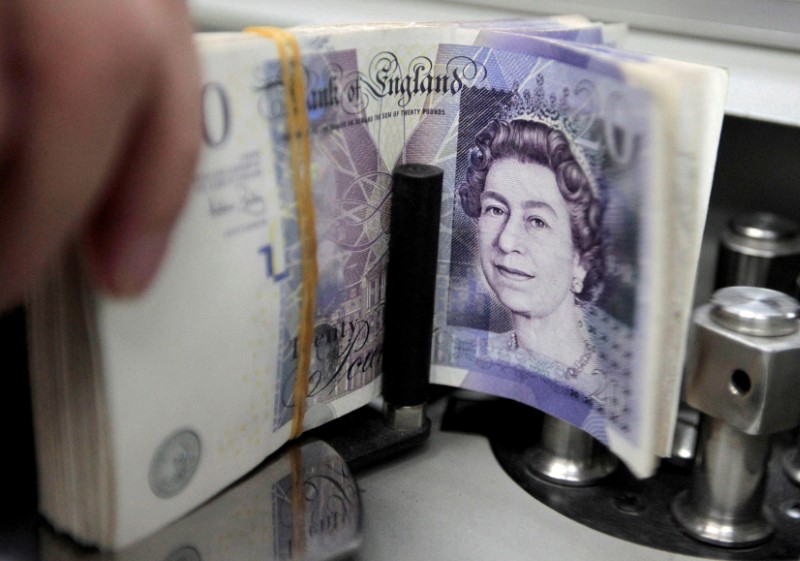By Richard Leong and Gertrude Chavez-Dreyfuss
NEW YORK (Reuters) - Sterling plunged on Friday after what traders called a "flash crash" knocked the currency to a 31-year low, while the dollar slipped on news of unexpectedly weak U.S. jobs growth in September.
Even before a sudden plunge that briefly shaved off a tenth of the pound's value during Asian trading, sterling was headed for its worst week since January 2009 as some national leaders called for Britain to make a "hard" exit from the European Union.
"I think it’s a warning shot from the markets to the UK about what type of potential volatility in sterling we may see down the line," said Shahab Jalinoos, global head of FX strategy at Credit Suisse (SIX:CSGN) in New York.
With the focus on sterling, the U.S. non-farm payrolls report took something of a back seat. At 156,000 new U.S. jobs for the month of September, the headline number was softer than the market forecast, but strong enough to keep the Federal Reserve on track to raise rates in December.
On Friday, the pound plunged about 10 percent from levels around $1.2600 to $1.1378
Thomson Reuters later revised that low to $1.1491, which was still the weakest level for sterling since 1985. The company, which owns the Reuters foreign exchange brokerage platform RTSL, said an outlying trade had been canceled.
In late trading, sterling recouped some of its losses to trade at $1.2442, still down 1.5 percent on the day.
The pound pared earlier losses as other currencies strengthened against the dollar in reaction to data showing U.S. nonfarm payrolls rising 156,000 in September, below the 175,000 increase forecast among analysts polled by Reuters.
"Although the initial reading of the September employment market was lower than estimates..., it is likely in the sweet spot for FOMC (Federal Open Market Committee) hawks that would like to get a second rate hike in before year-end," said Marvin Loh, senior global markets strategist, at BNY Mellon in Boston.
"Other internals of the current report are also supportive for the case of a December hike."
In late trading, the dollar index (DXY) was down 0.3 percent at 96.501. It rose to a more than two-month high shortly before the release of the payrolls report.
The greenback fell sharply against the yen, down 1 percent at 102.91 yen. <JPY=>
The euro rose 0.4 percent to $1.1198 but fell 0.6 percent against the Japanese currency to 115.26 yen. <EUR=> (EURJPY=)

Encouraging aspects of the September payrolls report, which showed a higher participation rate and steady 0.2 percent rise in wages, limited the dollar's loss and supported market expectations for a Fed hike at its Dec. 13-14 policy meeting.